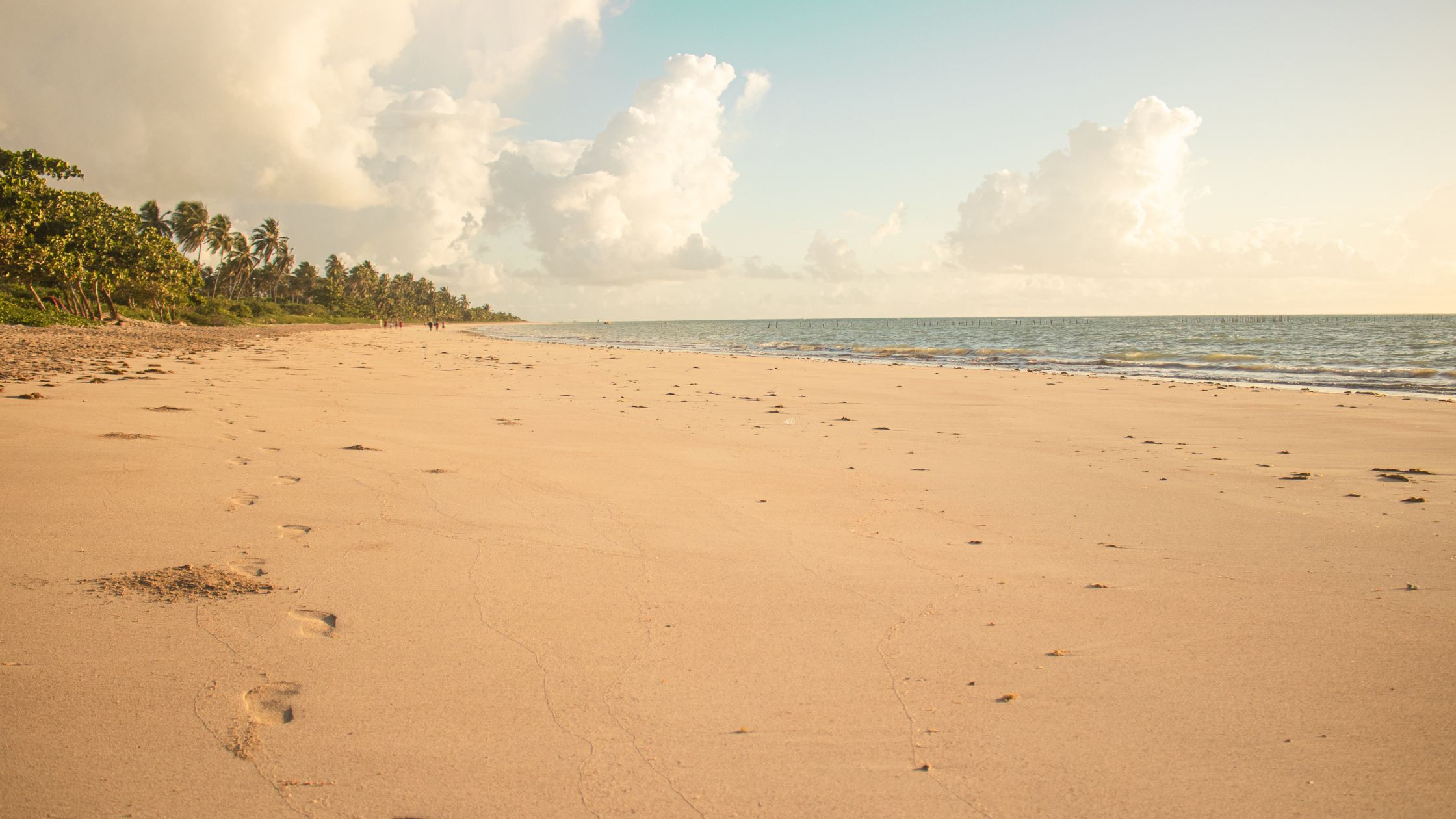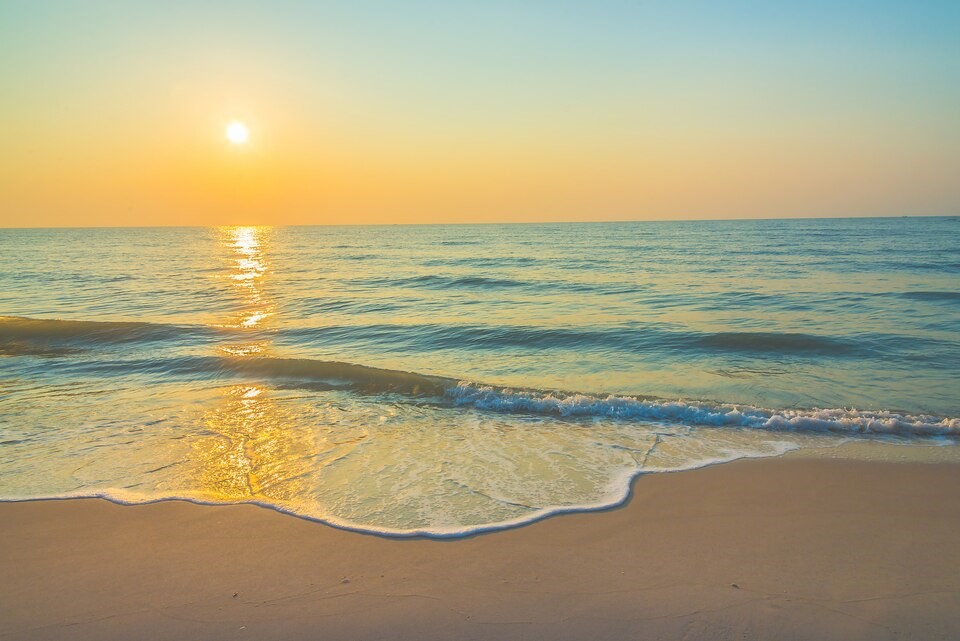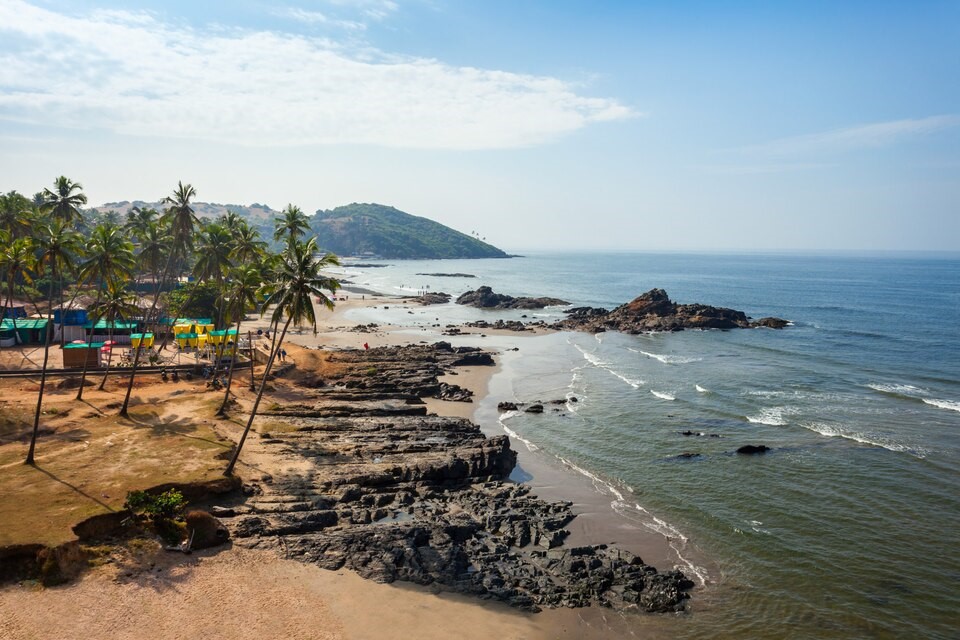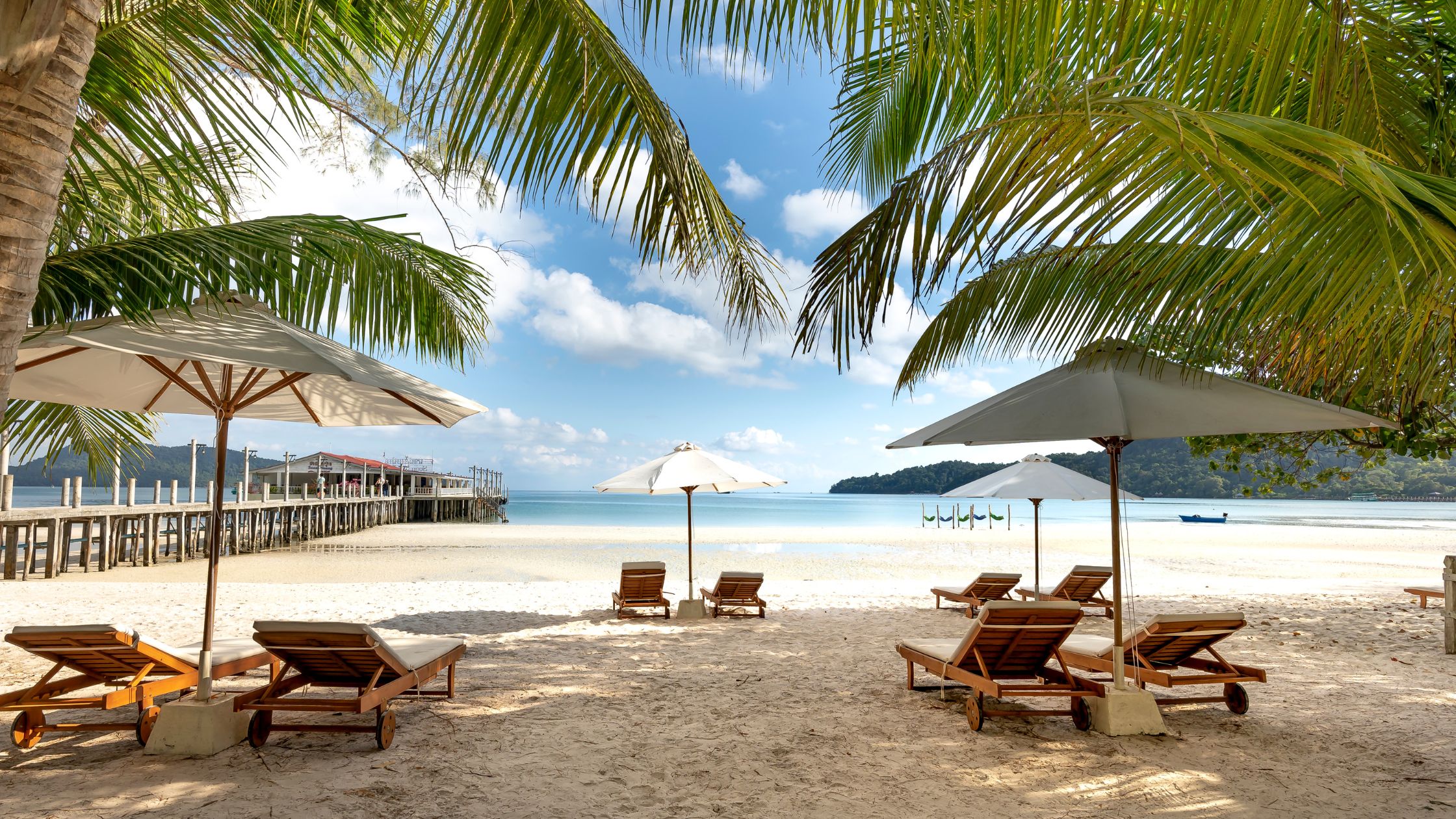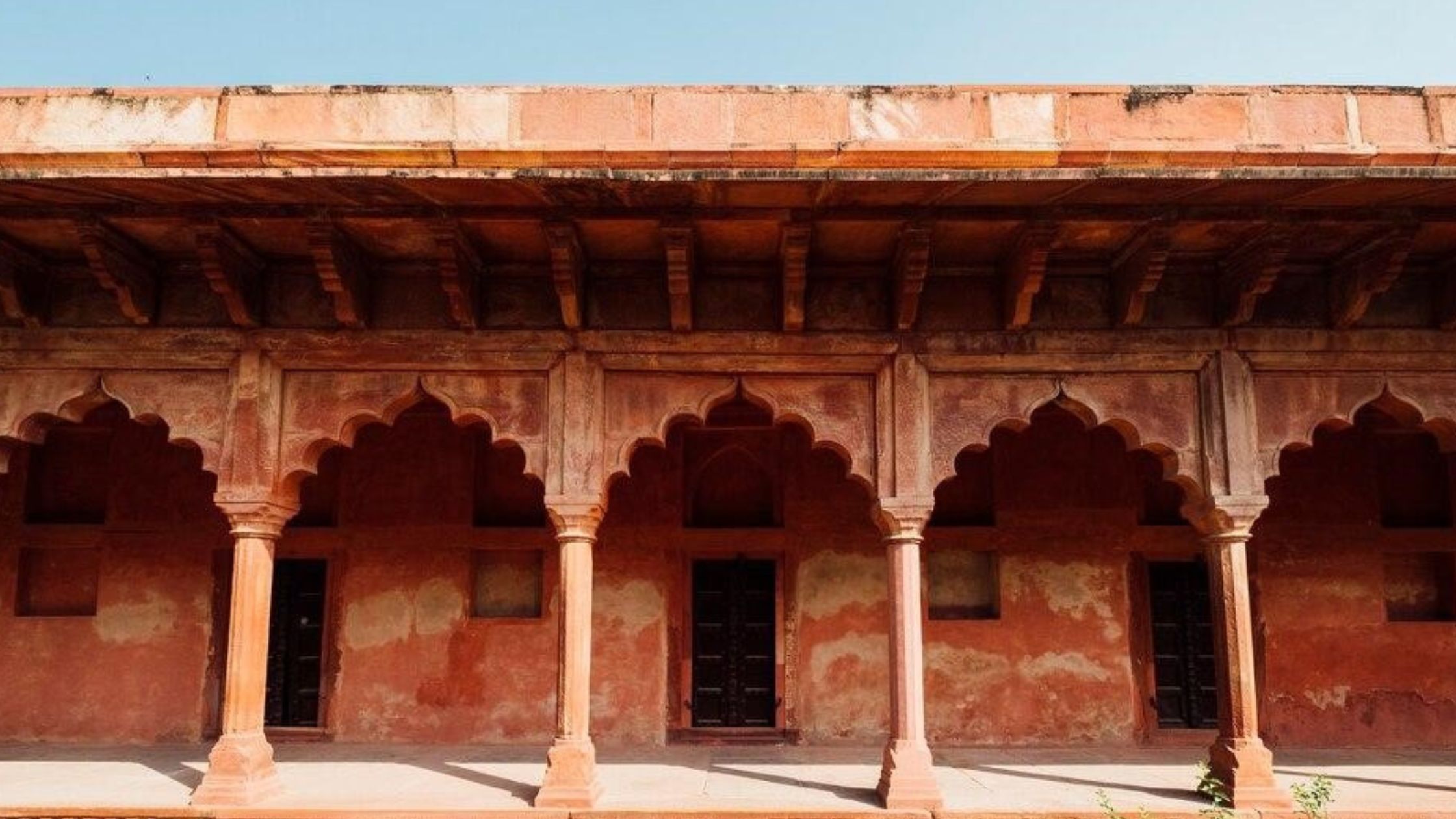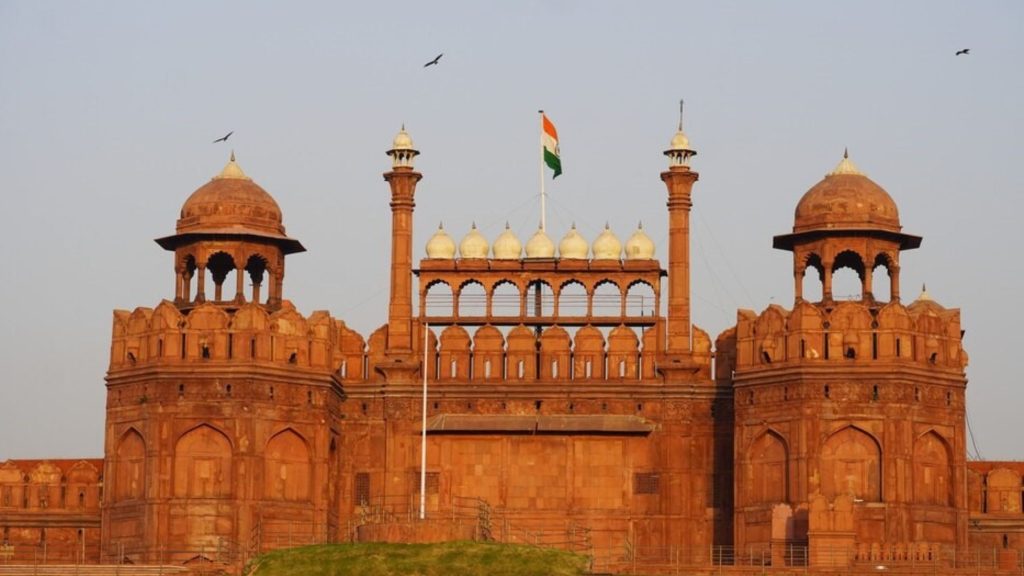 New Delhi is a rich trove of historical and cultural sites. Still, the beautiful Red Fort Complex stands out as a place that shows the country’s rich history and beauty. It is a memory of India’s fight for freedom and a reminder of its proud past. The Red Fort Complex is a must-see for travellers who want to learn more about India’s engaging past. It has beautiful buildings, extensive gardens, and a lot of historical importance.
New Delhi is a rich trove of historical and cultural sites. Still, the beautiful Red Fort Complex stands out as a place that shows the country’s rich history and beauty. It is a memory of India’s fight for freedom and a reminder of its proud past. The Red Fort Complex is a must-see for travellers who want to learn more about India’s engaging past. It has beautiful buildings, extensive gardens, and a lot of historical importance.
A Brief History
The Lal Kella (Red Fort) was constructed by the Mughal emperor Shah Jahan (1600s). It was finished in 1648. The fort structure was built out of red limestone and was meant to be the home of the Mughal rulers. It has seen the rise and fall of many kingdoms over the centuries and has been a crucial part of India’s past.
How to Reach Lal Kella (Red Fort)
The Red Fort is in Delhi’s national capital, which is easy to get to from all of India’s big towns. Indira Gandhi National Airport is the closest, 20 km from the Lal Kella (Red Fort). Roads and trains make getting from Delhi to other big towns easy.
So, another good way to get to Delhi is by bus or train. The metro station closest to Lal Quila is Chandni Chowk Metro Station, about 1.5 Km away. To get to Lal Quila from Delhi, you can take a cab, an auto-rickshaw, or a neighbourhood bus.
When is the Best Time to Visit Lal Kella (Red Fort)?
If you go to Lal Kella from November to March, you won’t have to deal with the hot weather in Delhi. It can reach lovely cold in December and January. The weather is nice and cool if you want to go in November, February, or March.
How Many Entrances Does Lal Kella (Red Fort) Have?
The main entrances to the Lal Kella (Red Fort) are the Lahori Gate and the Delhi Gate. The name “Lahori Gate” comes from the fact that it faces the city of Lahore, which is now in Pakistan. It is the main gate to Lal Quila.
It is on the western wall of the fort. Old Delhi, also called Dilli Darwaza, can be reached through the Delhi Gate. It is on the southern wall of the Red Fort.
- Open from Tuesday to Sunday (closed on Monday)
- Times: 9.30 a.m. to 4.30 p.m.
- Fees for entry: INR 90 for Indians, INR 950 for visitors
- Photography fees: free for photography and INR 25 for videography
What is Inside the Red Fort (Lal Kella)?
Inside the Red Fort, you can find several important buildings and places, such as:
- Diwan-i-Aam (Hall of Public Audience): This is a large open area where the emperor would address and meet the general public. The hall has domes all around it, and it was made so the ruler could talk to his people.
- Diwan-i-Khas (Hall of Private Audience): This hall was meant for more intimate gatherings and meetings with dignitaries. In this room, the emperor would meet with essential guests and talk to people secretly.
- Rang Mahal (Palace of Colors): This is a beautiful palace within the fort the emperors and their wives used. It is known for the colourful paintings and detailed patterns that decorate it.
- Mumtaz Mahal: One of Shah Jahan’s wives, Mumtaz Mahal, had this house built for her. It has fine artwork and design elements based on Mughal architecture’s style.
- Hammams (Bathhouses): The Lal Kella (Red Fort) also houses hammams, which are traditional Mughal bathhouses. People know these buildings for the ways they move water and how they look.
- Naubat Khana (Drum House): This building was the door to the palace area and was where musical instruments were played to announce royal entries and exits.
- Moti Masjid (Pearl Mosque): A small white marble mosque within the fort complex used for private worship by the royal family.
- Gardens and courtyards: The Lal Kella (Red Fort) includes several gardens, courtyards, and open areas to make the fort complex peaceful and pleasant.
Architectural Wonders:
The Red Fort Complex is a gem of Mughal construction, spread over 254,67 acres. The walls are 33 meters high and are very strong. They surround several exciting buildings. The main entry to the fort complex is the Lahori Gate, which leads to the Chatta Chowk, a busy market that used to sell high-quality handicrafts and expensive items.
The Diwan-i-Aam, or Hall of Public Audience, will amaze you as you go deeper into the complex. This is where the Mughal rulers held court and spoke to the public. The marble pillars and elaborately carved ceilings of the Diwan-i-Khas, also known as the Hall of Private Audience, are just as beautiful. Here is where the emperor met with essential people and held secret talks.
The Palace of Colors, or the Rang Mahal, is another essential part of the Red Fort Complex. This luxurious house was the home of the Mughal queens. It has beautiful grounds and unique paintings. The emperor’s private home, the Khas Mahal, is an excellent example of a polished Mughal building. It is made of marble and has elaborate carvings and inlays.
Symbols and Significance:
India’s history and culture are deeply connected to the Red Fort Complex. On August 15, 1947, Jawaharlal Nehru, India’s first Prime Minister, raised the national flag from this spot to show that the country was no longer under British rule. Every year on India’s Independence Day, the prime minister follows this custom by raising the flag and speaking to the country from the fort’s walls.
The Red Fort Complex is essential for politics but is also used for cultural events like the Indian Independence Day celebrations and the “Sound and Light” show that tells the fort’s past. Thousands of tourists and locals come to these events to see the beauty of this ancient spot.
Conservation and Future Prospects:
Much work has been done to restore and preserve the Red Fort Complex to ensure it will last and keep its artistic character. The Archaeological Survey of India (ASI) has finished much to protect and keep this cultural treasure in good shape.
People are constantly working to protect historical buildings, improve visitors’ experiences, and show how grand the Mughal era was. Also, plans are to turn the surrounding area into a lively cultural hub with museums, art galleries, and craft centres. This will give tourists a full view of India’s rich history.
Conclusion
When you go to the Lal Kella (Red Fort) in New Delhi, it’s like going back in time and being immersed in the grandeur and beauty of the Mughal era. Its beautiful buildings, historical importance, and lively atmosphere make it a must-see for anyone who wants to learn about India’s rich history. The Red Fort Complex is a reminder of India’s great past and strong spirit, with its beautiful rooms, mansions, and stories of the country’s fight for freedom.
MORE POSTS:
- Best Time To Visit Rock Garden Darjeeling
- The Downhill Death Road: A Thrilling Journey
- Mainapi Waterfall: One of the Best Waterfalls in Goa
- Rajbagh Beach in Goa: Things You Must Know Before Your Visit
- How to Close Amazon Pay Later?
- How to Close a LazyPay Account?

